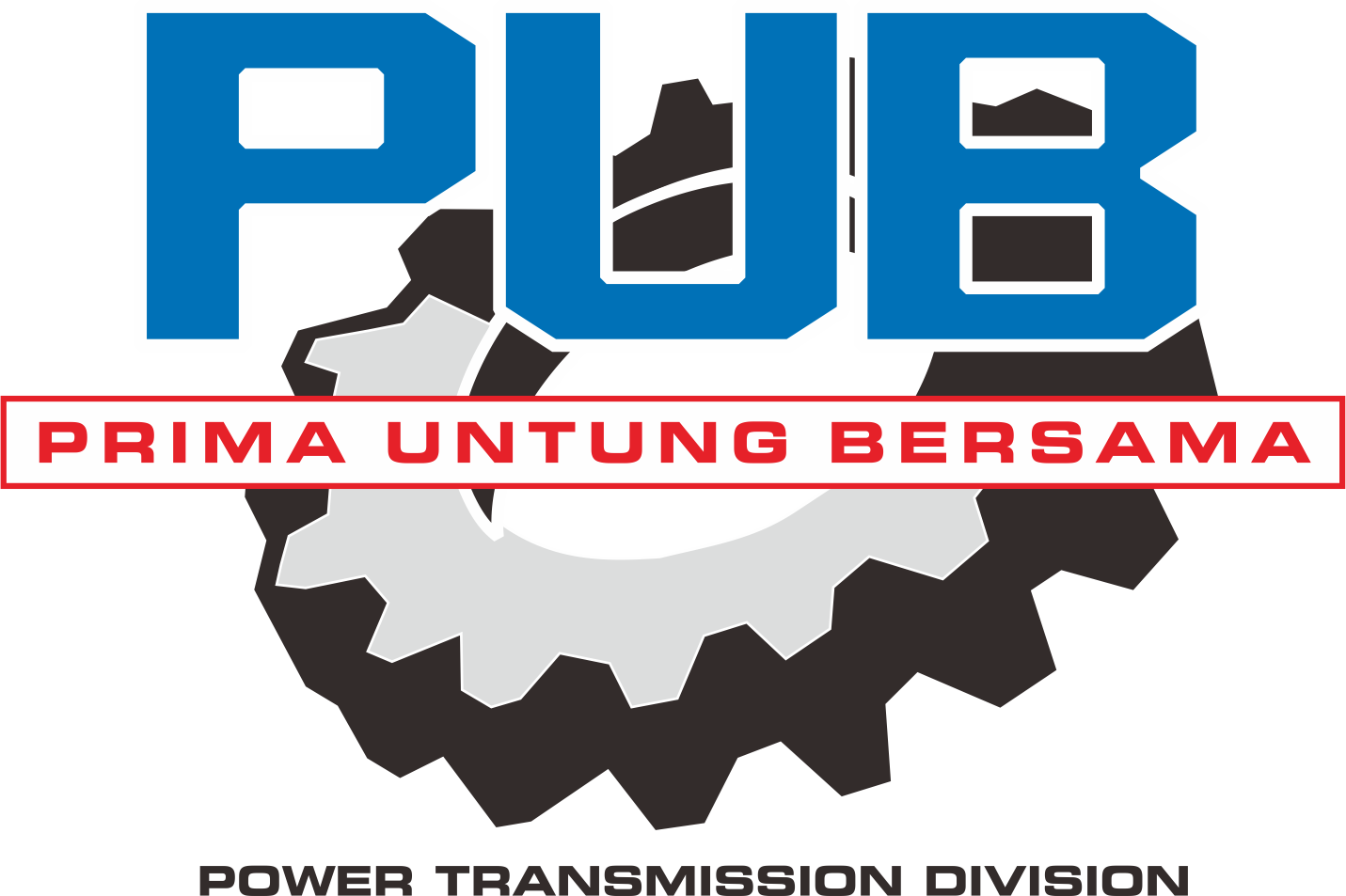Sort By
All Category Groups
All Brands
All Categories
All Products 23244
Call us
[Please login to see price]
Ask Quote
Call us
[Please login to see price]
Ask Quote
Call us
[Please login to see price]
Ask Quote
Ask Quote
Call us
[Please login to see price]
Ask Quote
Call us
[Please login to see price]
Ask Quote
Call us
[Please login to see price]
Ask Quote
Call us
[Please login to see price]
Ask Quote
Call us
[Please login to see price]
Ask Quote
Call us
[Please login to see price]
Ask Quote
Call us
[Please login to see price]
Ask Quote
Call us
[Please login to see price]
Ask Quote
Call us
[Please login to see price]
Ask Quote
Call us
Belt PU Backing & Accesories
A-ZETA GOMMA
[Please login to see price]
Ask Quote
Call us
[Please login to see price]
Ask Quote
Call us
[Please login to see price]
Ask Quote
Call us
[Please login to see price]
Ask Quote
Call us
[Please login to see price]
Ask Quote
Call us
[Please login to see price]
Ask Quote
Call us
[Please login to see price]
Ask Quote
Call us
[Please login to see price]
Ask Quote
Call us
[Please login to see price]
Ask Quote
Call us
[Please login to see price]
Ask Quote
Call us
[Please login to see price]
Ask Quote
Call us
[Please login to see price]
Ask Quote
Ask Quote
Call us
[Please login to see price]
Ask Quote
Ask Quote
Call us
A-ZETA GOMMA
No description for this product yet.
[Please login to see price]
Ask Quote
Ask Quote
Call us
[Please login to see price]
Ask Quote
Ask Quote
Call us
[Please login to see price]
Ask Quote
Ask Quote
Call us
[Please login to see price]
Ask Quote
Ask Quote
Call us
[Please login to see price]
Ask Quote
Ask Quote
Call us
[Please login to see price]
Ask Quote
Ask Quote
Call us
[Please login to see price]
Ask Quote
Ask Quote
Call us
[Please login to see price]
Ask Quote
Ask Quote
Call us
A-ZETA GOMMA
No description for this product yet.
[Please login to see price]
Ask Quote
Ask Quote
Call us
A-ZETA GOMMA
No description for this product yet.
[Please login to see price]
Ask Quote
Ask Quote
Call us
[Please login to see price]
Ask Quote
Ask Quote
Call us
A-ZETA GOMMA
No description for this product yet.
[Please login to see price]
Ask Quote
Ask Quote
Call us
[Please login to see price]
Ask Quote
Ask Quote
Call us
A-ZETA GOMMA
No description for this product yet.
[Please login to see price]
Ask Quote
Ask Quote
Call us
[Please login to see price]
Ask Quote
Ask Quote
Call us
A-ZETA GOMMA
No description for this product yet.
[Please login to see price]
Ask Quote
Ask Quote
Call us
A-ZETA GOMMA
No description for this product yet.
[Please login to see price]
Ask Quote
Ask Quote
Call us
A-ZETA GOMMA
No description for this product yet.
[Please login to see price]
Ask Quote
Ask Quote
Call us
A-ZETA GOMMA
No description for this product yet.
[Please login to see price]
Ask Quote
Ask Quote
Call us
A-ZETA GOMMA
No description for this product yet.
[Please login to see price]
Ask Quote
Ask Quote
Call us
A-ZETA GOMMA
No description for this product yet.
[Please login to see price]
Ask Quote
Ask Quote
Call us
A-ZETA GOMMA
No description for this product yet.
[Please login to see price]
Ask Quote
